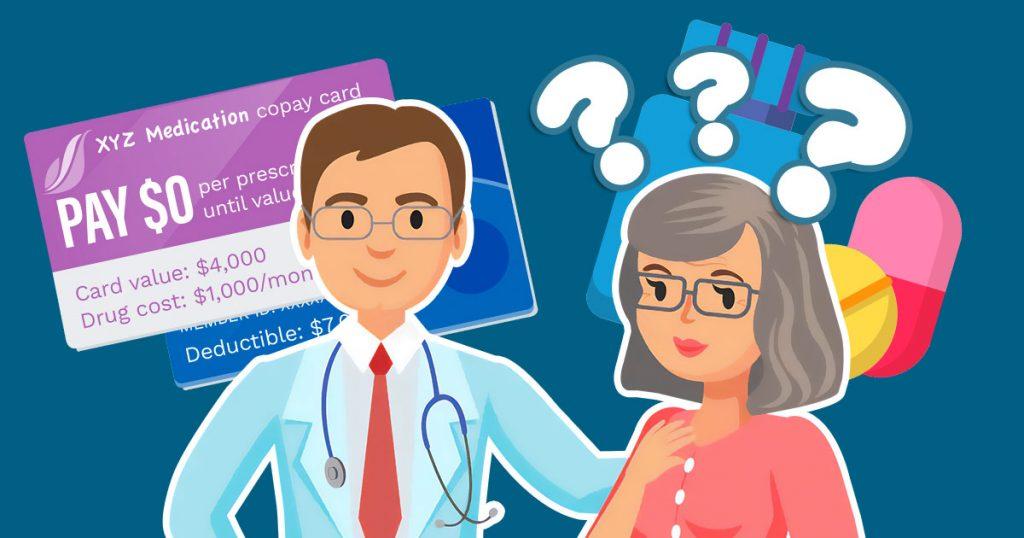Healthcare is a fundamental necessity, particularly for individuals dealing with terminal, chronic, or rare health conditions. Insurance coverage can significantly reduce the financial burden of medical treatments for these individuals and their families. According to a JAMA study, comprehensive and coordinated healthcare services are vital for patients with chronic conditions as they approach the end of their lives. These services are typically covered by health insurance, underscoring its importance.
However, recent changes in federal law have introduced complexities in healthcare coverage. Now, health insurance plans can disregard any claim once their annual cost-sharing limit is reached. This situation can lead to an unfortunate scenario where insurance coverage fails to provide the necessary financial support to policyholders. Two programs that exemplify this issue are the accumulator and maximizer programs in healthcare.
What are Accumulator and Maximizer Programs in Healthcare?
Accumulator and maximizer programs are becoming increasingly common in health insurance plans. They have significant implications for how much policyholders end up paying out-of-pocket for their medications, particularly those that are high-cost specialty drugs.
Accumulator Programs
In an accumulator program, any financial assistance provided by a pharmaceutical manufacturer, often in the form of copay cards or coupons, does not count towards a patient’s deductible or out-of-pocket maximum.
Here’s an example to illustrate this: Let’s say a patient has a $5,000 deductible. They need a medication that costs $2,000 per month. The manufacturer provides a copay card that covers $1,500 of the monthly cost. Under an accumulator program, the patient uses the copay card and pays the remaining $500 out-of-pocket.
However, only the $500 they pay counts towards their deductible. So despite having spent $2,000 on medication (with the help of the copay card), the patient’s deductible is still $4,500. This means the patient’s overall spending limit isn’t reduced by the amount covered by the copay card.
Maximizer Programs
Maximizer programs, on the other hand, set the patient’s cost-sharing amount equal to the maximum value of the manufacturer’s copay assistance. This results in the insurer using up the total assistance amount before the patient starts to pay out-of-pocket.
Consider this scenario: A patient needs a medication that costs $1,000 per month. The manufacturer provides a copay card that covers $600 per month. In a maximizer program, the insurer sets the patient’s cost-sharing amount to $600 – the exact value of the copay card. As a result, the insurer uses up the entire copay card amount each month. Once the copay card’s annual maximum is reached, the patient must then start paying out-of-pocket.
Both of these programs can significantly increase the financial burden on patients, especially those who rely on high-cost specialty drugs.
Impact of Accumulators and Maximizers on Insurance Holders & Patients
The impact of accumulator and maximizer programs on insurance holders, particularly those dealing with chronic or rare diseases, can be significant. The implications of these impacts are multi-faceted and can vary depending on an individual’s specific circumstances.
Increased Out-of-Pocket Costs
For patients relying on high-cost specialty drugs, these programs can result in increased out-of-pocket costs. This is because the financial assistance received from pharmaceutical manufacturers doesn’t reduce the patient’s overall spending limit in accumulator programs, and in maximizer programs, the insurer exhausts the total assistance amount before the patient starts to pay out-of-pocket.
Reduced Healthcare Utilization
Enrollment in a financial assistance program can lead to reduced healthcare utilization. This might be due to the financial burden causing patients to avoid or delay seeking necessary medical care.
Improved Treatment Adherence
On a positive note, co-pay assistance was found to be associated with improved treatment persistence/adherence across various diseases.
Increased Cost of Care
While patient assistance programs do provide immediate relief to some individuals, they may have the effect of increasing the overall cost of care for all. This is because the costs of these programs are often absorbed by insurers and then passed on to all policyholders in the form of higher premiums.
Legal Protections
Some states have enacted laws to protect patient assistance programs and prohibit accumulators and maximizers. These laws aim to ensure that financial support intended to help patients isn’t negated by insurance policies.
Counteracting Accumulator and Maximizer Programs
Despite the challenges presented by accumulator and maximizer programs, there are strategies that can be employed to mitigate their impacts.
Legal Advocacy
As of spring 2022, laws in 15 states and Puerto Rico address the use of copay adjustment programs by insurers or pharmacy benefit managers to help patients. Legislative advocacy continues at both the federal and state levels to counteract these programs.
Pharmaceutical Manufacturer Interventions
Some pharmaceutical manufacturers are changing their copay assistance programs to combat the impact of accumulator and maximizer programs. The most extreme strategy involves drastically reducing the benefit in copay assistance programs.
Alternative Insurance Plans
Patients can work with their benefits administrator to explore alternative insurance plans that do not include these programs.
Patient Advocacy
Patient advocates play a crucial role in tackling the issues surrounding copay accumulators and maximizers. They are working to assign higher deductibles to certain drugs by labeling them as non-essential.
Support Services
Services like Compass offered by the Cystic Fibrosis Foundation provide personalized support in assessing insurance options and identifying available financial assistance.
Transparency
New rules now require health plans and pharmacy benefit managers (PBMs) to disclose their accumulator and maximizer programs. This transparency allows patients to make informed decisions about their healthcare coverage.
The Necessity of Understanding Accumulators and Maximizers
To wrap up, accumulator and maximizer programs in healthcare can present substantial obstacles, particularly for patients dealing with chronic or rare diseases. However, by gaining a thorough understanding of these programs and taking advantage of available resources, individuals can better navigate these complexities.
It’s imperative for all stakeholders – patients, healthcare providers, and advocates – to remain knowledgeable about these programs. This understanding, combined with active participation in advocacy initiatives, is key to promoting equitable and affordable access to essential medications.
